Customer feedback truly matters for your business no matter what you sell or do. You might write articles for your corporate blog like a pro, shoot fantastic videos for your YouTube channel or come up with engaging social media posts. Still, if you don’t feature your customers’ reviews on your website, you’re losing a lot of potential clients.
As the statistics show, about 95% of e-commerce buyers check reviews before purchasing something. That’s the number you can’t ignore. Collecting customers’ opinions and ratings is beneficial not only for your conversion rate, but it’s also a great chance to fine-tune specific processes within your company. By analysing reviews, you can identify what exactly makes your clients gravitate toward your business and what pushes them out. You can find out why they buy certain products more often than others and what makes them abandon their shopping carts.
Make sure to regularly ask your shoppers for reviews to decrease churn rate, skyrocket sales and tweak your business processes. How to ask consumers for feedback so that they give it to you – read in the upcoming sections.




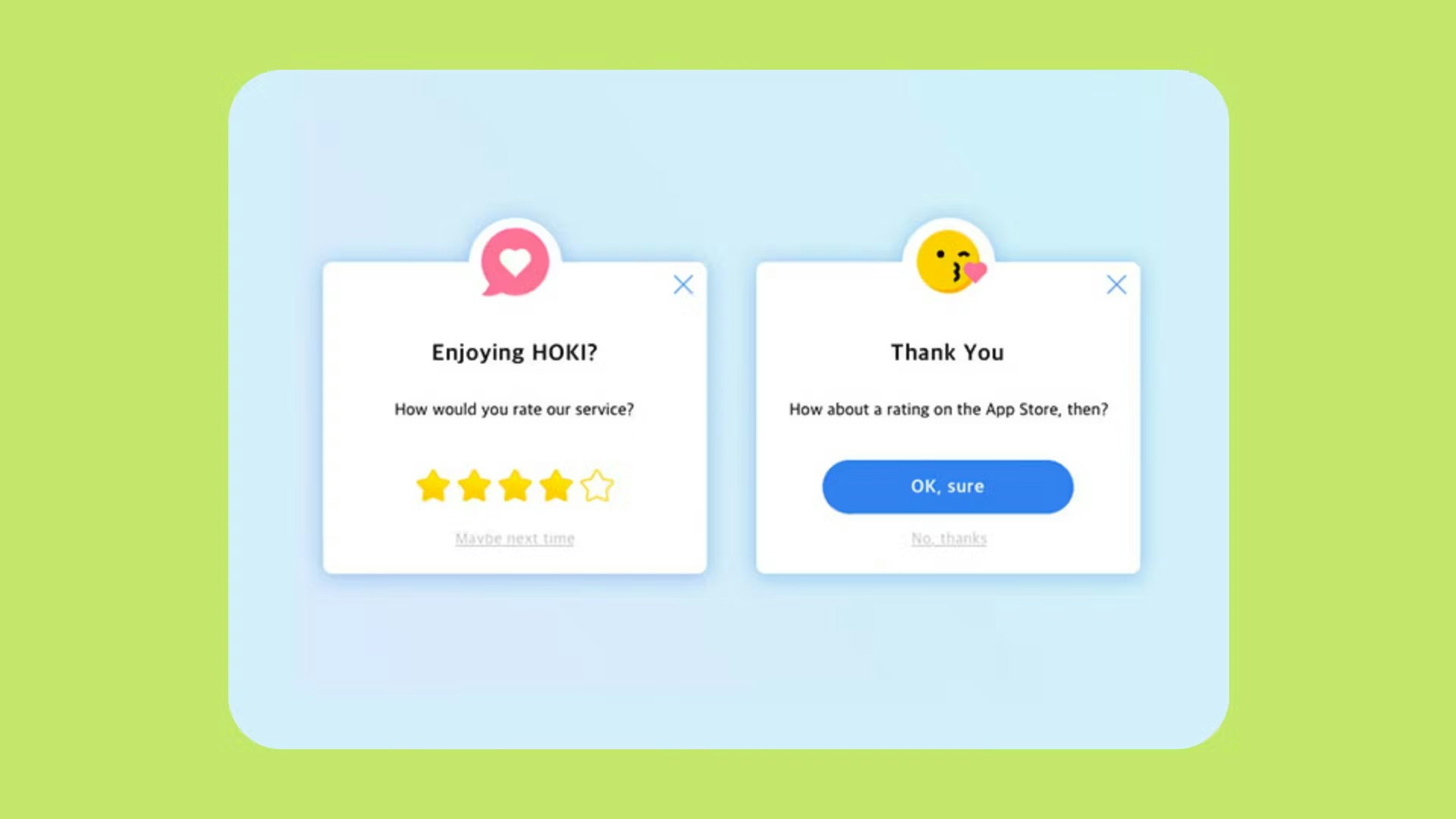

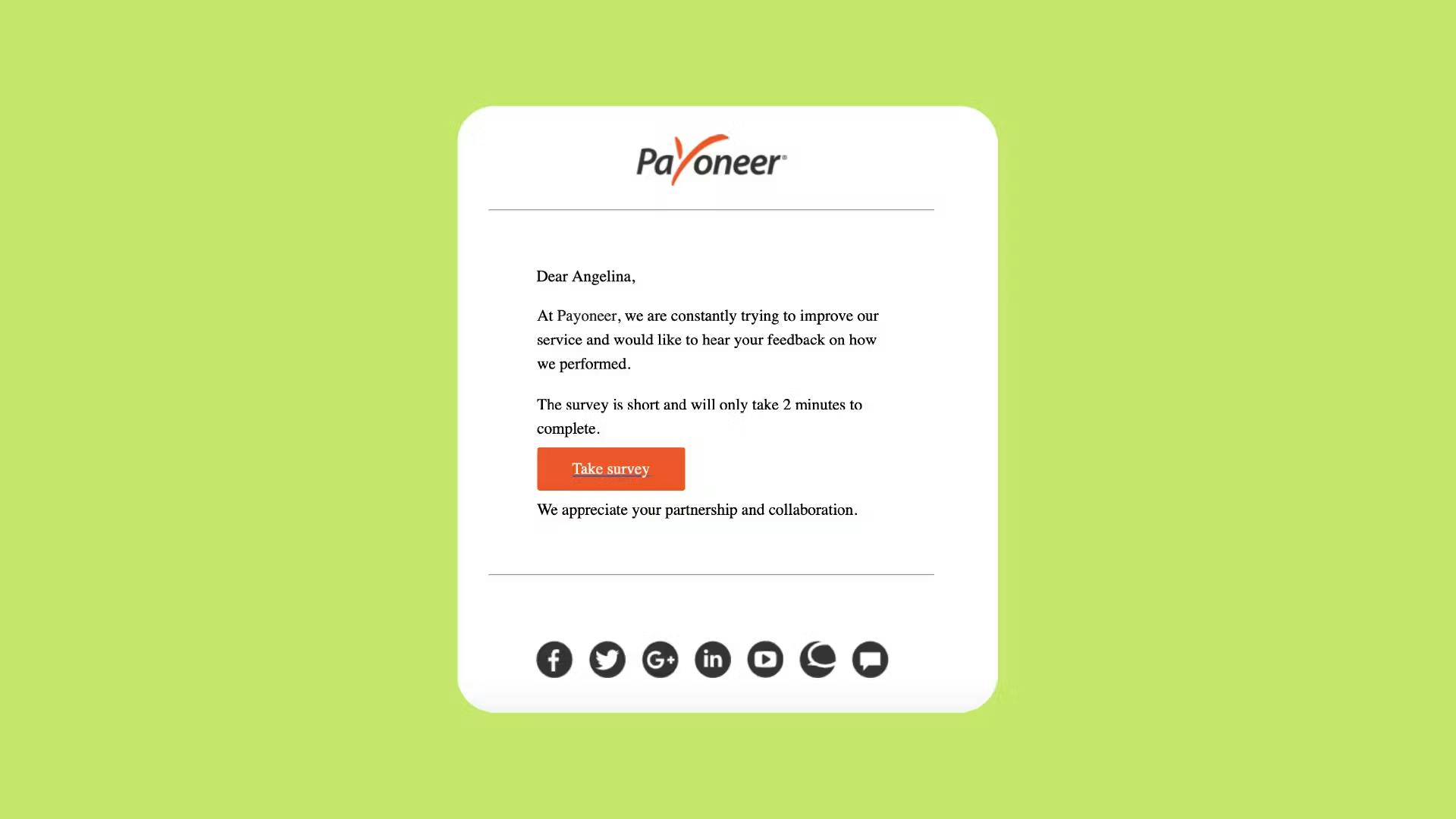
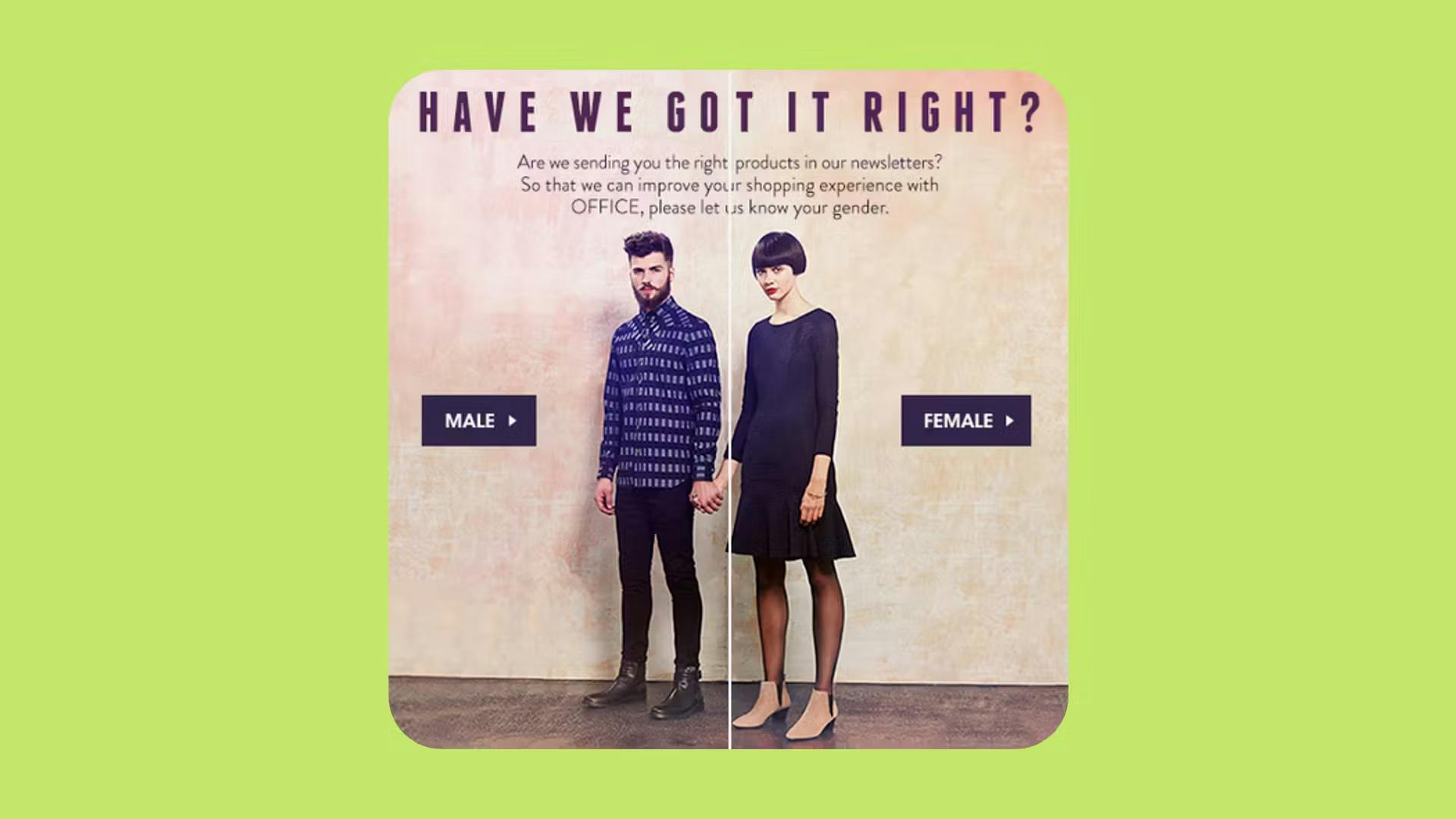
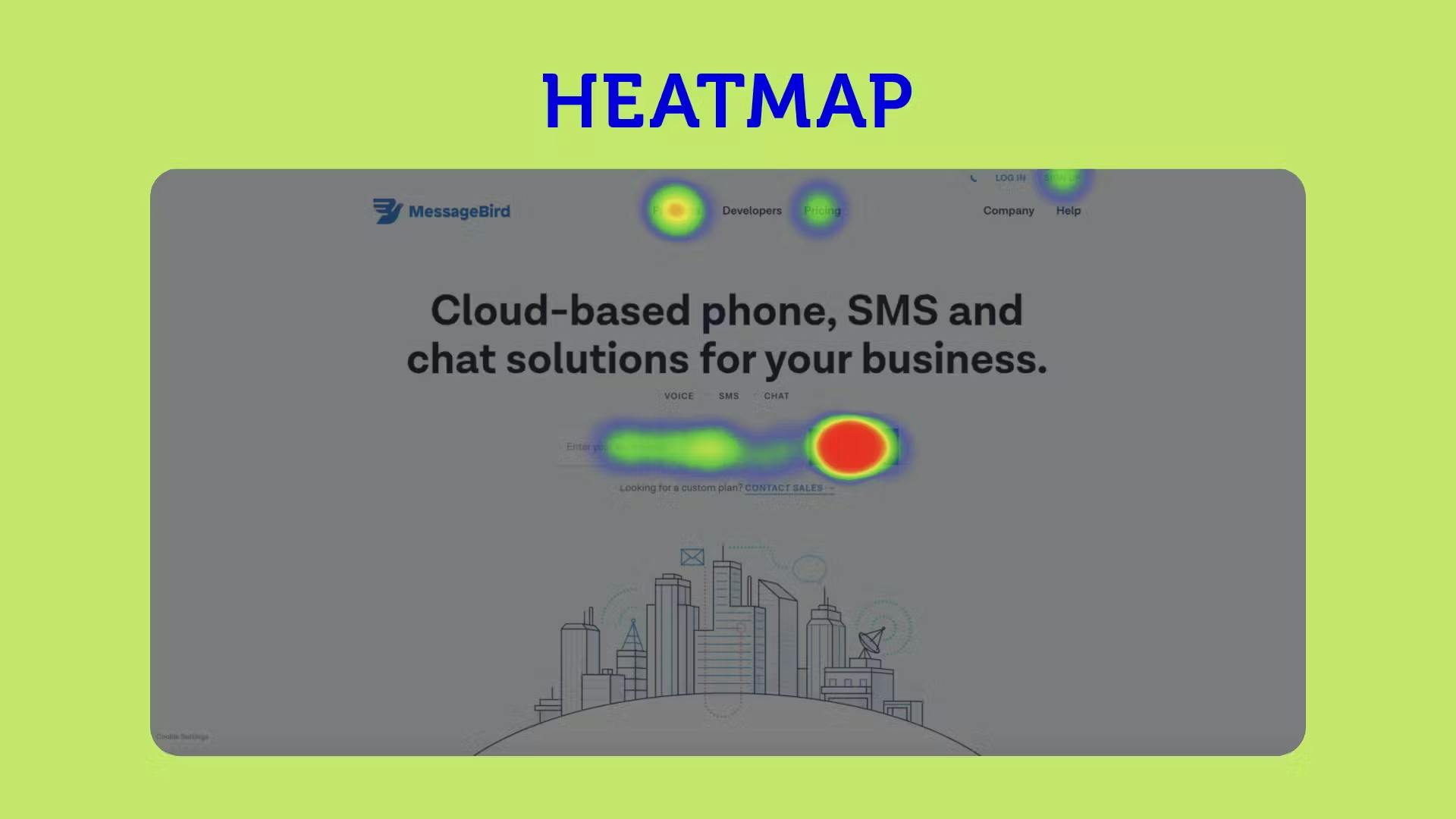
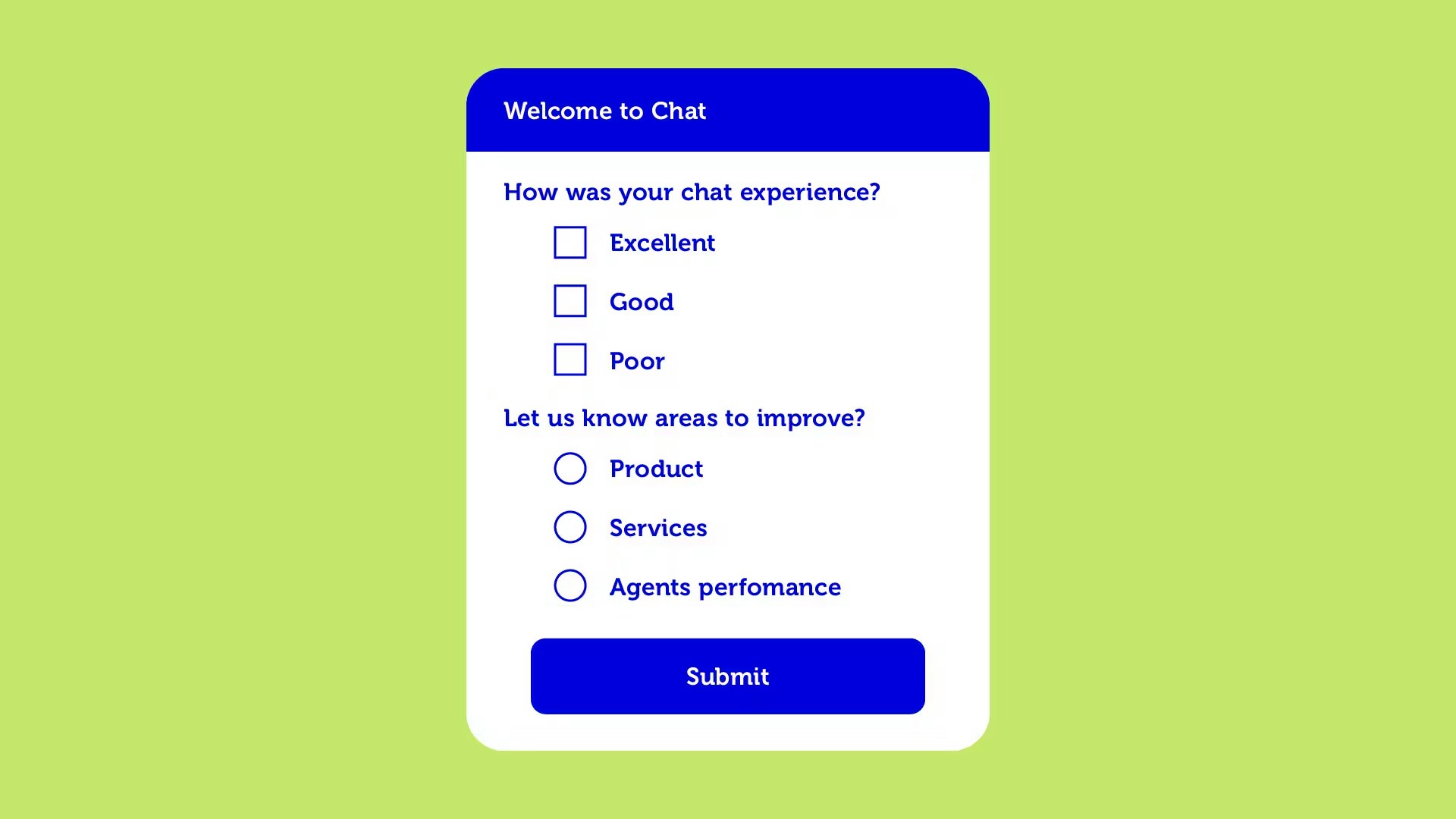
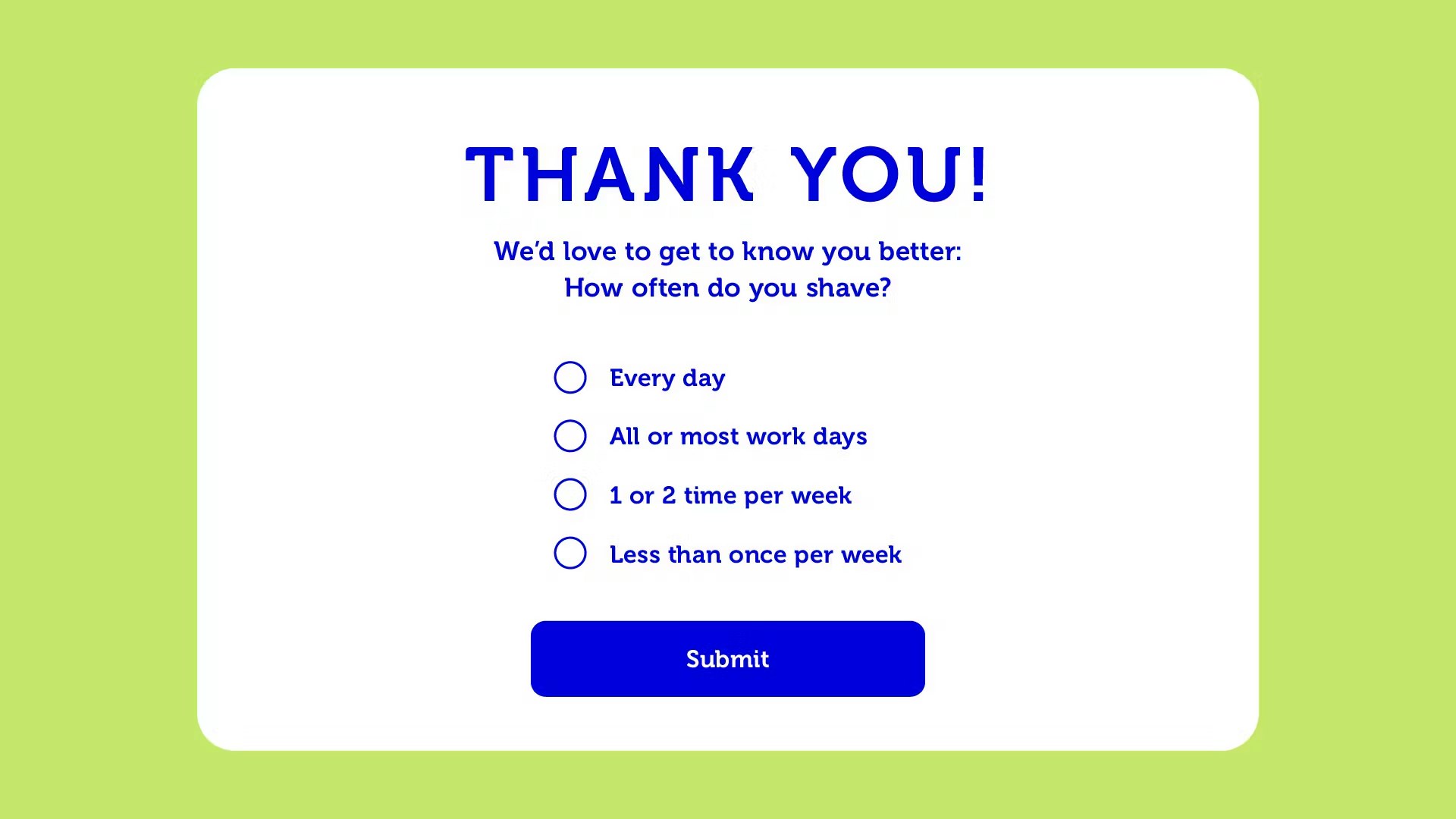
 Most Popular Payment Methods in the World: Analysis by Markets
Most Popular Payment Methods in the World: Analysis by Markets How to Increase Conversions in an Online Store with a Checkout Page
How to Increase Conversions in an Online Store with a Checkout Page How Tranzzo Simplified the Payment Process for Tickets.ua
How Tranzzo Simplified the Payment Process for Tickets.ua Integrating Multiple Payment Methods: Challenges and Solutions
Integrating Multiple Payment Methods: Challenges and Solutions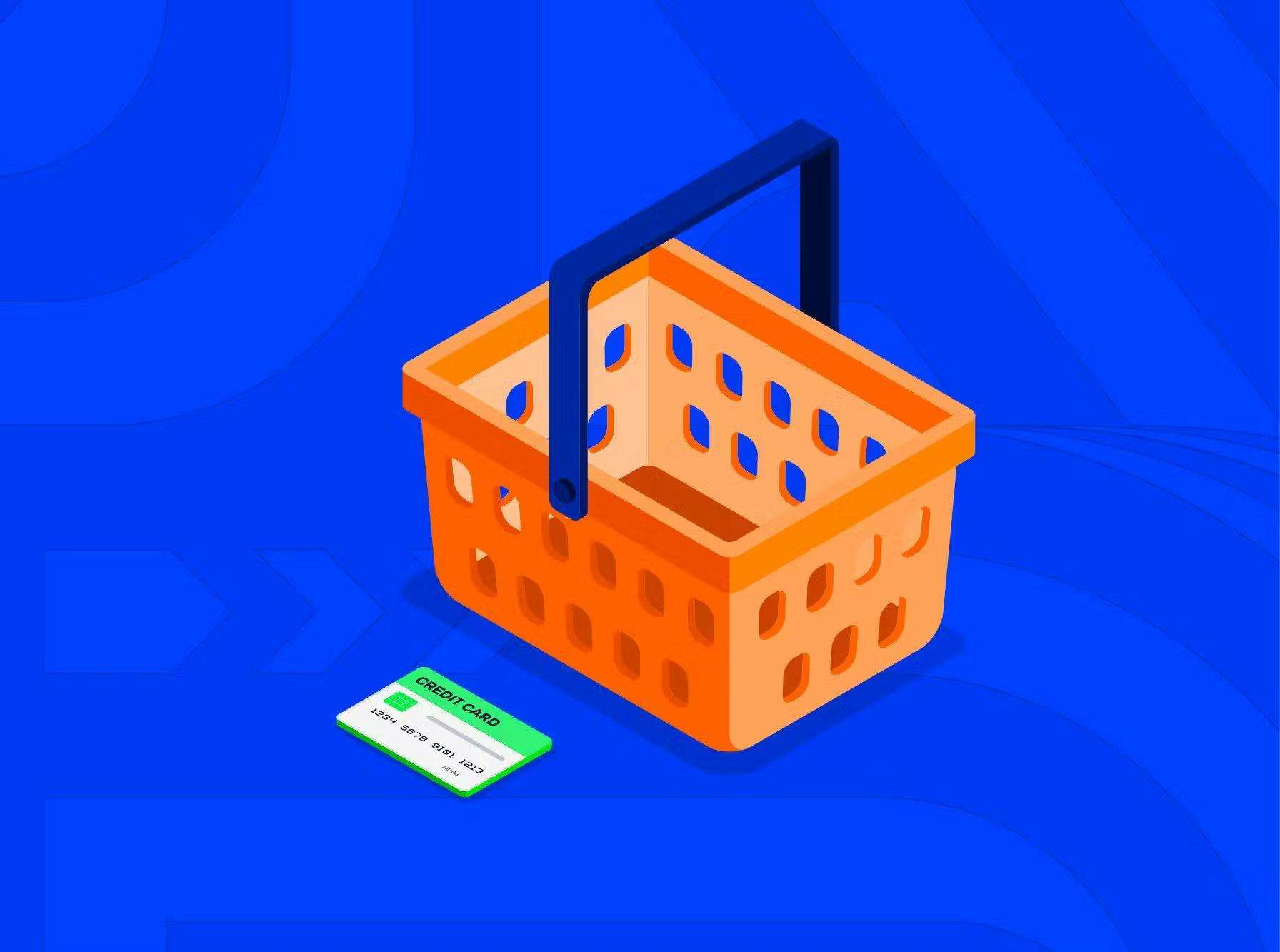 Abandoned Shopping Carts: Why Businesses Lose Revenue and How to Increase the Number of Successful Payments
Abandoned Shopping Carts: Why Businesses Lose Revenue and How to Increase the Number of Successful Payments


Social media polls
If you are interested in your customers’ opinions, what are you waiting for? Ask them. And social media polls are just the ticket for that. People love scrolling their news feeds so rest assured that they will find some time to tap on your survey. But here is the thing – your polls should be eye-catching to make more users stop and click. You’re welcome to use hilarious pictures and emojis.
Instagram is the most convenient for polls as it has a built-in Stories feature. Facebook is not rocket science as well. To create a poll there, you have to go to the Facebook Business Manager, Poll by Fans Vote or launch a survey right in Facebook. By the way, according to the BuzzSumo report, polls are among the most engaging post types. So, they are great to both collect useful information and increase your engagement rate.
Your targeted audience may prefer LinkedIn, Twitter or YouTube, and that’s okay. Those platforms also allow you to set up polls. For example, if you have a YouTube business account, you can run a survey in the community tab. Unless you don’t know how to start a business channel on the second most popular search engine in the world, you need to check this article.